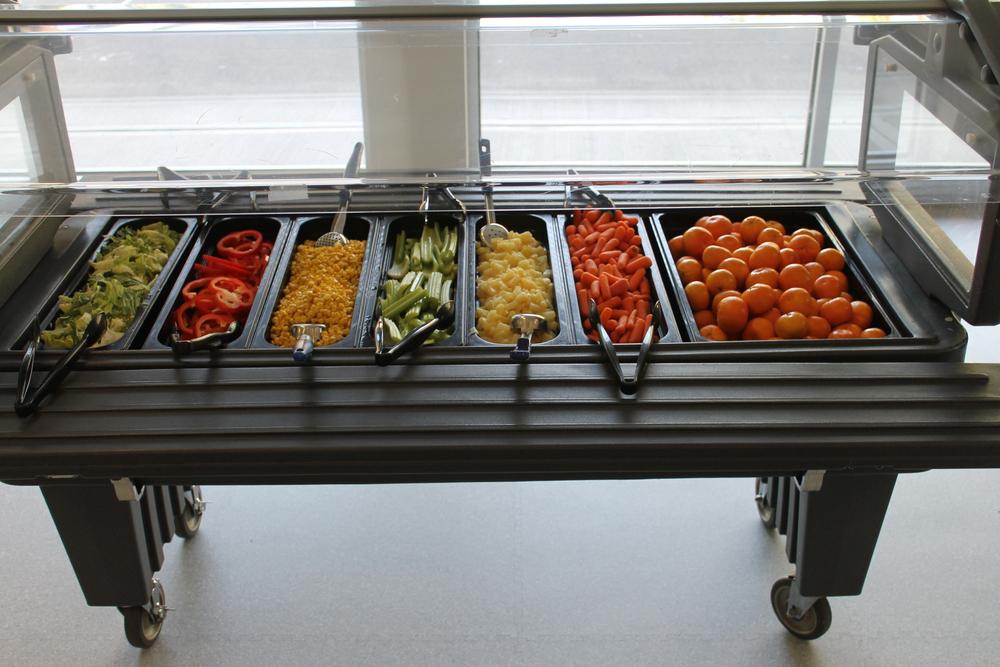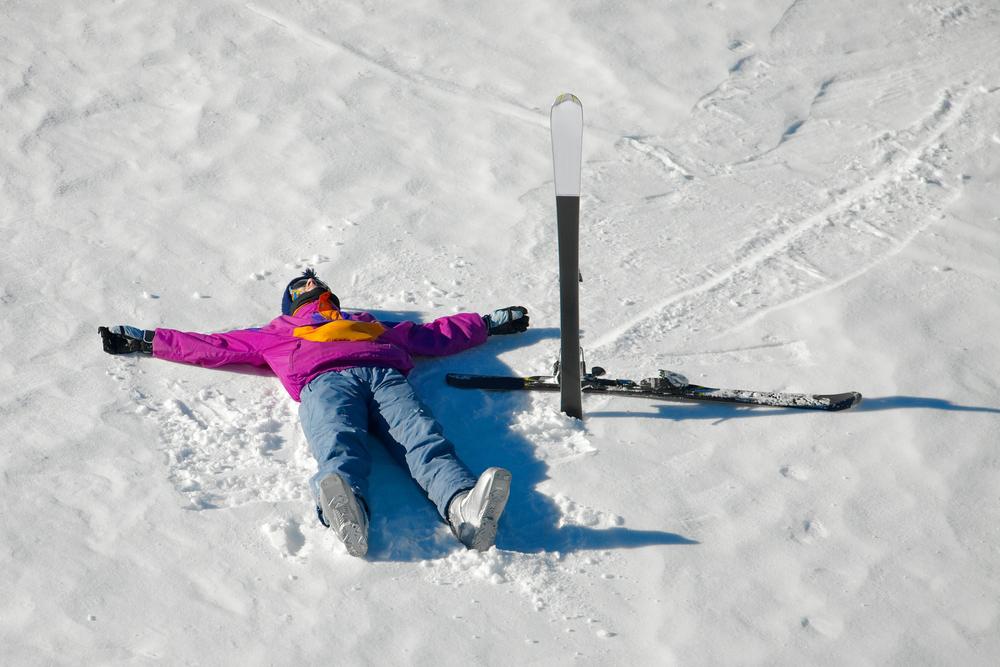 It’s no secret that many young athletes are over-extended, often playing on school and club teams in one or more sports, traveling for competitions, and squeezing in conditioning sessions. Two-a-day practices have become the norm for many athletes.
It’s no secret that many young athletes are over-extended, often playing on school and club teams in one or more sports, traveling for competitions, and squeezing in conditioning sessions. Two-a-day practices have become the norm for many athletes.
While this can lead to great sporting success, it makes eating right throughout the day more difficult. Here, TrueSport Expert Kristen Ziesmer, a registered dietitian and board-certified specialist in sports dietetics, offers some tips for how to keep your athlete satisfied and ready to head to practice for the second time in a day.
Plan efficiently
A busy week for your athlete is likely a busy week for you between pickups and drop-offs, so make sure you have plenty of easy-to-eat food on hand before the school week begins. Sit down with your athlete and talk through what they should be eating during the day. Let them choose what options sound the most appealing to ensure they are fueling enough over the course of the day, rather than waiting until they are home for dinner to pack in the calories.
Don’t skip breakfast
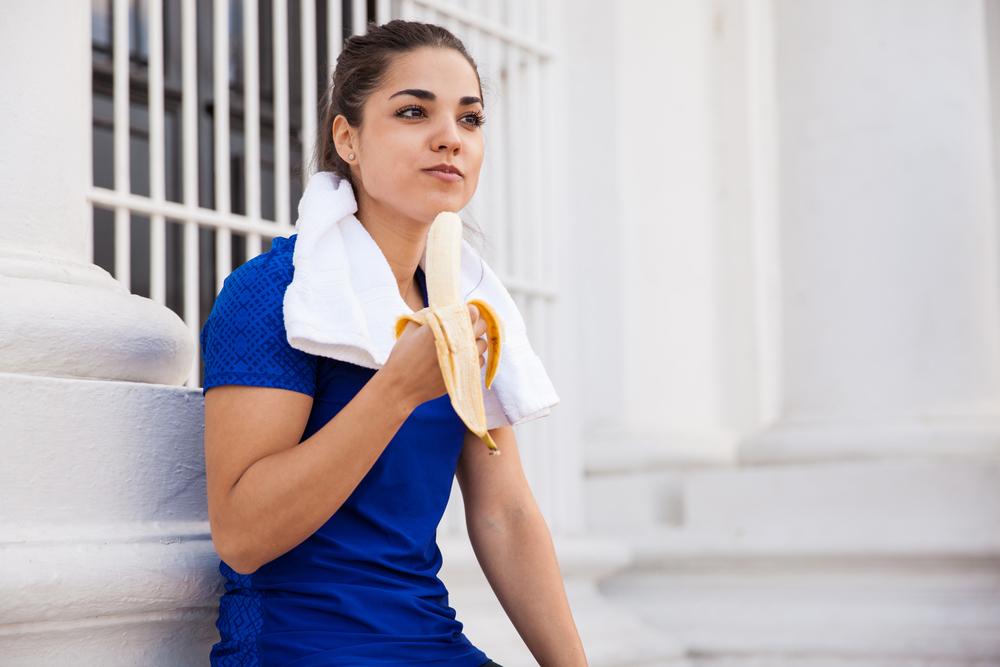 Often, one practice will be early in the morning, before school. For young athletes, it’s tempting to stay in bed as long as possible and skip breakfast in favor of the snooze button. But if your athlete has an early morning practice, they still need to eat something beforehand. It doesn’t have to be a heavy, large breakfast, says Ziesmer. “A really quick and light-on-the-stomach option would be a banana, maybe with a bit of peanut butter, and some water,” she says. “But after practice, make sure they have something bigger for breakfast like a sandwich or a bagel with some carbohydrates and protein.”
Often, one practice will be early in the morning, before school. For young athletes, it’s tempting to stay in bed as long as possible and skip breakfast in favor of the snooze button. But if your athlete has an early morning practice, they still need to eat something beforehand. It doesn’t have to be a heavy, large breakfast, says Ziesmer. “A really quick and light-on-the-stomach option would be a banana, maybe with a bit of peanut butter, and some water,” she says. “But after practice, make sure they have something bigger for breakfast like a sandwich or a bagel with some carbohydrates and protein.”
Prioritize eating between practices
“Between the two practices, an athlete really needs to focus on getting in as much food as possible because one practice is draining, and they shouldn’t go into the next practice already depleted,” says Ziesmer.
“Ideally, an athlete would have several hours between practices, and even if it is a back-to-back session, they definitely need to have a good snack in between. A peanut butter and jelly sandwich or a string cheese with fruit and a handful of granola or pretzels would be a good idea.”
A snack like that after practice is ideal to kickstart recovery and refill depleted glycogen stores, followed by another snack later in the day before heading into the next workout in order to top off those glycogen stores and allow your athlete to train hard for a second time.
Think simple, portable foods
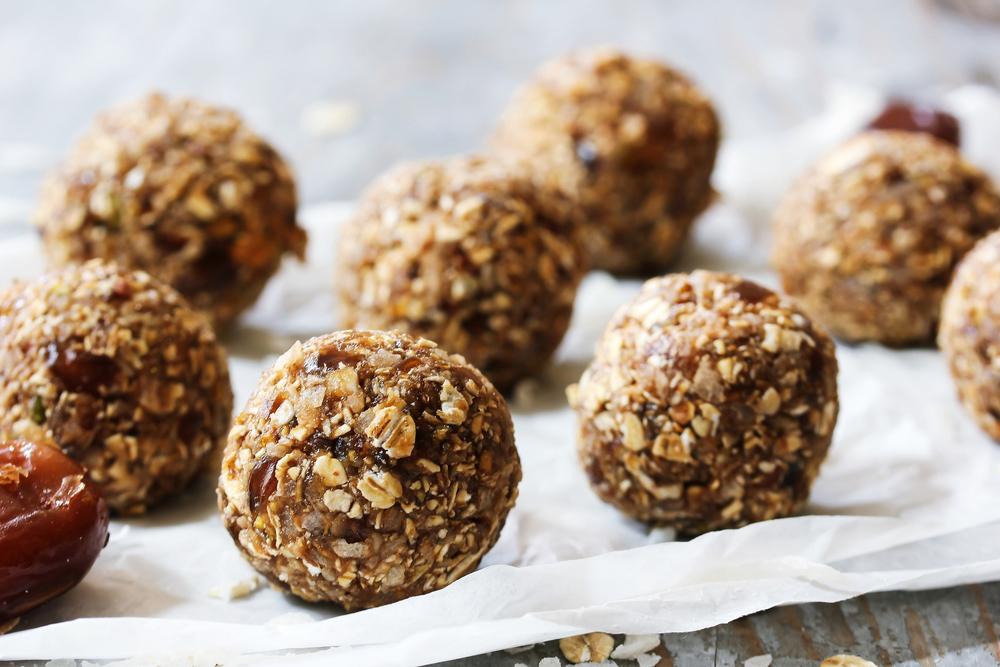 A smoothie after practice sounds great in theory, but in actuality, it may be a melted disappointment by the time your athlete gets around to drinking it. Finding a snack that your athlete can munch on throughout the day during school and during practice is critical.
A smoothie after practice sounds great in theory, but in actuality, it may be a melted disappointment by the time your athlete gets around to drinking it. Finding a snack that your athlete can munch on throughout the day during school and during practice is critical.
Homemade energy balls are one perfect solution. They’re quick to make, can be made in big batches, and are easy to eat quickly as your athlete navigates between classes and to practice. Ziesmer recommends blending cashews, raisins, cinnamon, and salt together in the food processor until the ingredients are sticking together but not moist, then make them into small ball shapes and store in the refrigerator. You can change up ingredients, using different nuts and dried fruit, and roll the finished balls in cocoa powder or shredded coconut.
“I like these because they’re easy to eat, so your athlete can grab one of them between classes,” Ziesmer says. Other great recovery snack options include granola bars, easy-to-eat fruit like apples and bananas, and simple snacks like cheese and crackers. If all the practices take place around school, make sure your child’s locker is stocked like a healthy convenience store!
Hydrate with carbohydrates and electrolytes
Carrying a water bottle and sipping throughout the day to maintain optimal hydration levels is critical. “At the second practice, I would also recommend having electrolytes and carbohydrates in their water because your athlete is getting into the realm of multiple hours of exertion,” Ziesmer says. “Your athlete could use a traditional sports drink, or you could make one with diluted fruit juice and a pinch of sea salt.”
For the homemade sports drink, try this simple recipe that yields five servings (8 ounces each):
- 4-1/4 cups water
- 1/2 cup 100% orange juice or other fruit juice
- 4-1/2 tablespoons granulated sugar
- 1/2 teaspoon of kosher/sea salt
Mix together until salt and sugar are totally dissolved. Keep cold until ready to drink. Will stay fresh for up to 5-7 days in the fridge.
Have a recovery meal planned
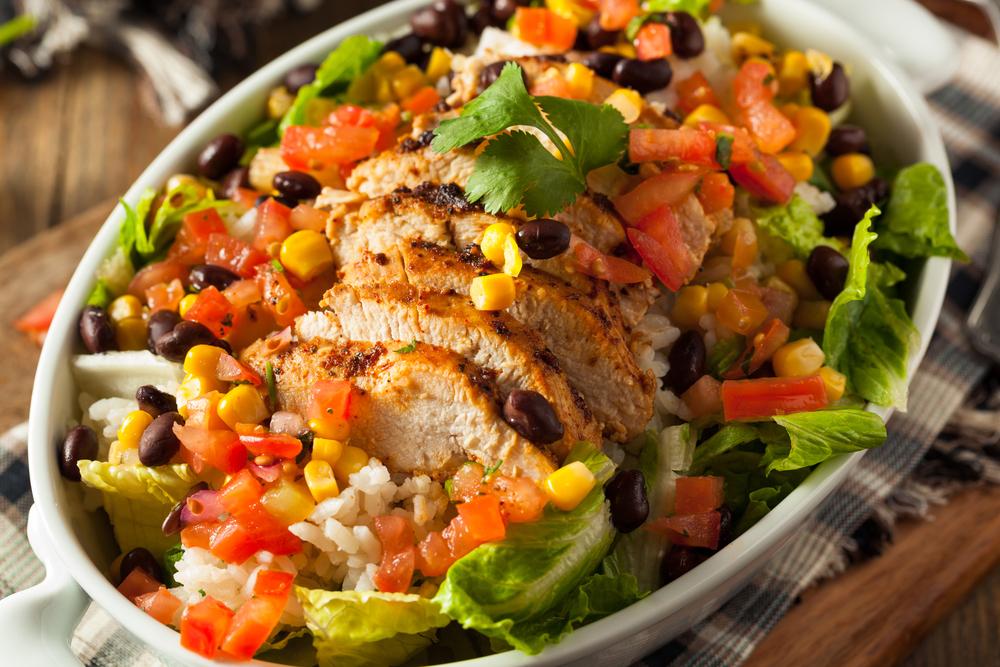 Dinner shouldn’t be nutrient-empty fast food on the way home from practice: The recovery meal is as important as what your athlete is eating before and during practice. Make sure that your athlete is able to kickstart recovery with a quick snack after practice, like chocolate milk or a half a peanut butter and jelly sandwich, followed by a dinner that contains plenty of carbohydrates, vegetables, and lean protein, Ziesmer says. A brown rice, vegetable, and chicken stir-fry or burrito bowl, for example, can be a great and easy post-practice dinner that will promote muscle repair and recovery so your athlete is ready for the next session.
Dinner shouldn’t be nutrient-empty fast food on the way home from practice: The recovery meal is as important as what your athlete is eating before and during practice. Make sure that your athlete is able to kickstart recovery with a quick snack after practice, like chocolate milk or a half a peanut butter and jelly sandwich, followed by a dinner that contains plenty of carbohydrates, vegetables, and lean protein, Ziesmer says. A brown rice, vegetable, and chicken stir-fry or burrito bowl, for example, can be a great and easy post-practice dinner that will promote muscle repair and recovery so your athlete is ready for the next session.
_______________________
Takeaway
“If your athlete says they feels nauseous, if they feel like their legs are super heavy, if they have problems with cramping, or if they report having no energy, then they definitely did not eat enough during, before, or after practice,” Ziesmer says. Add more fuel throughout the day, make sure your athlete is drinking enough, and consider letting them take a rest day (or skip one of the two practices) to catch up on fueling.
